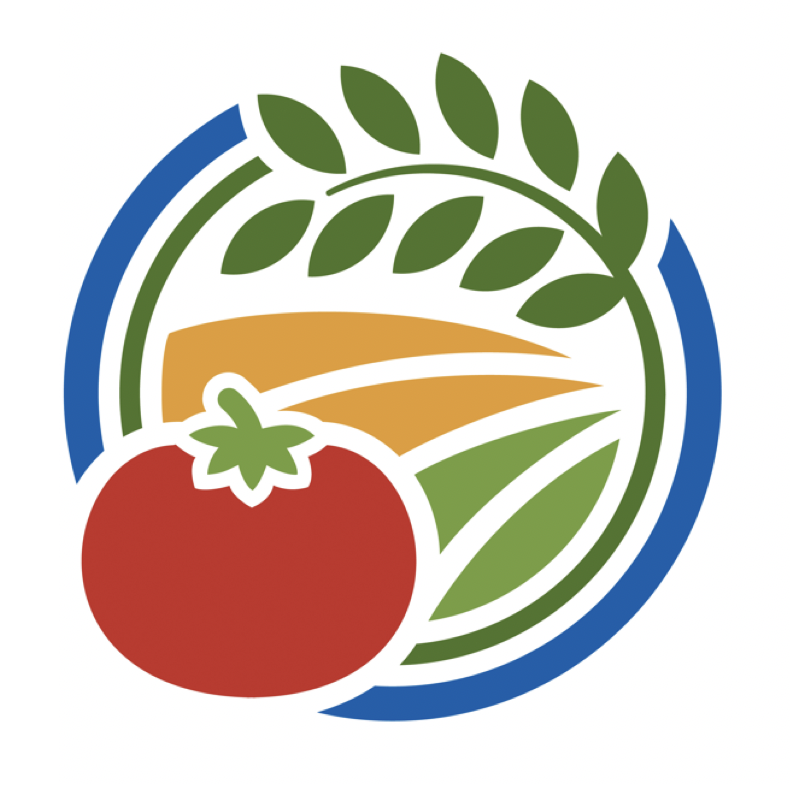Our Biologically Integrated Farming Systems (BIFS) program used on-farm demonstrations and a collaborative model of outreach and extension involving public-private partnerships.
From 1995 to 2010, the BIFS program funded twelve projects in eleven different farming systems — apple, citrus, dairy, grape (fresh), lettuce, prune (dried plum), rice, strawberry, tomato & cotton, walnut and winegrape.
IMPACT
BIFS projects demonstrated that when participating growers had evidence that yields and profits could be maintained with more environmentally-sound farming practices, they often adopted these practices on most of their acreage.
Furthermore, many non-participating growers were exposed to innovative practices through project outreach activities.
The adoption of biologically integrated farming systems generated benefits such as reduced pesticide use, improved soil fertility, decreased erosion and nitrogen leaching, and increased populations of beneficial insects, fishes, migrant birds, and game. Some of the achievements include:
- Nearly eliminated use of chlorpyrifos and diazinon - organophosphate insecticides that have contaminated California's waterways - on BIFS winegrape vineyards in the Central Coast.
- Reduced the use of N, P and K on the BIFS silage corn fields in eight dairies from (averages) 149, 71, 45 lbs/acre before the project to 20, 0 and 0 lbs/acre. This represents an average savings of $57/acre and was accomplished with no reductions in yield. The method involved using measured amounts of dairy manure as fertilizer on the silage corn and was designed to significantly reduce nutrient leaching to groundwater.
- Successfully eliminated wintertime sprays of diazinon on 877 experimental acres farmed by 33 prune growers statewide.
- Reduced the use of organophosphates by 33 percent on BIFS apple orchards through the use of pheromone mating disruption.
- Reduced synthetic nitrogen fertilizer use on walnuts by 57 pounds per acre between 1998 and 2000 on 324 acres with no decline in yields. Growers maintained yields by planting cover crops and lowered their nitrogen inputs by monitoring leaf nitrogen to make judicious use of fertilizers.
- Reduced synthetic nitrogen use on 45 acres of rice without yield losses. Three successive years showed that growers can reduce their nitrogen inputs by 30 lbs/acre without a yield loss when they use the techniques incorporating rice straw into soil and using winter flooding.
- Promoted the use of biologically integrated farming practices among 650 growers in the Lodi-Woodbridge Winegrape Commission. BIFS growers continued to implement BIFS practices after the project ended.
- Facilitated participation by five original BIFS farmers in the West Side BIFS project in innovative regional conservation tillage research and extension projects. A UC Conservation Tillage Workgroup has been formed and Conservation Tillage Research and Farmer Innovation Conferences have been held annually since 2001.
